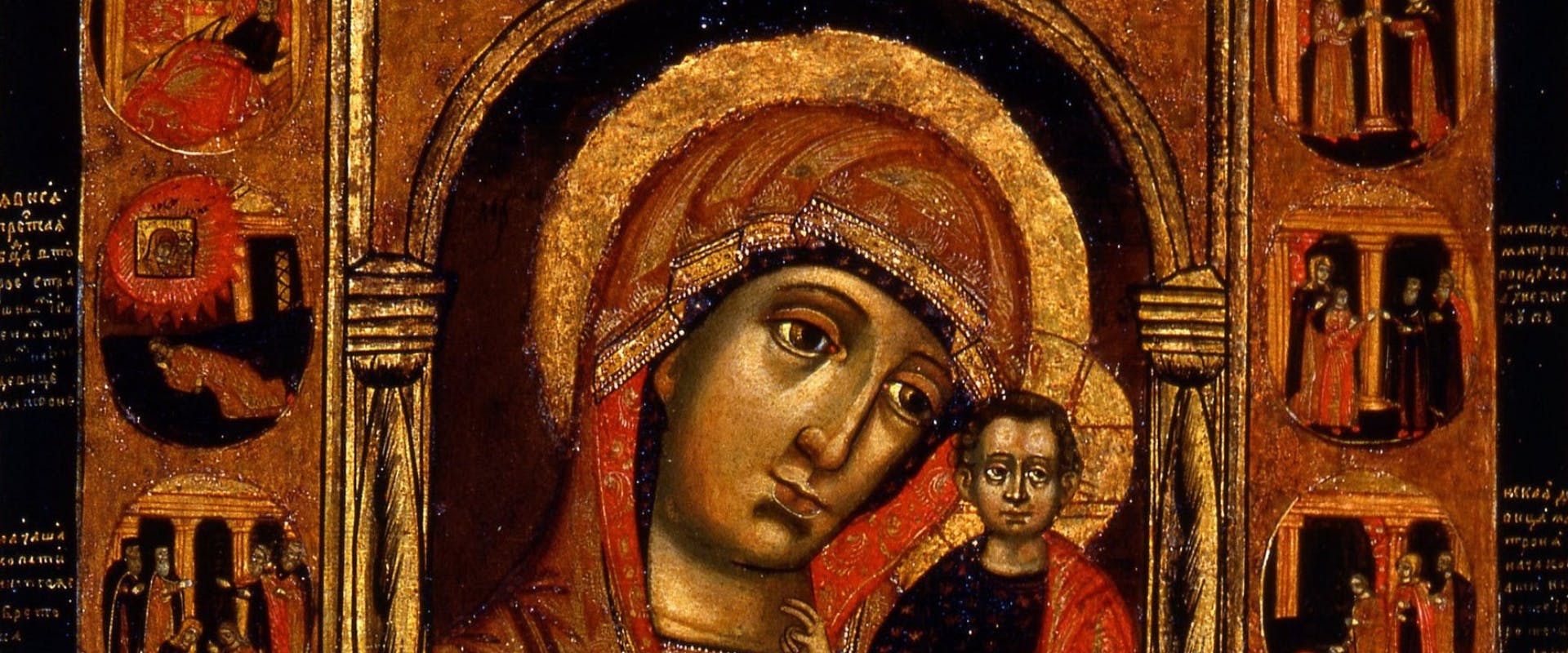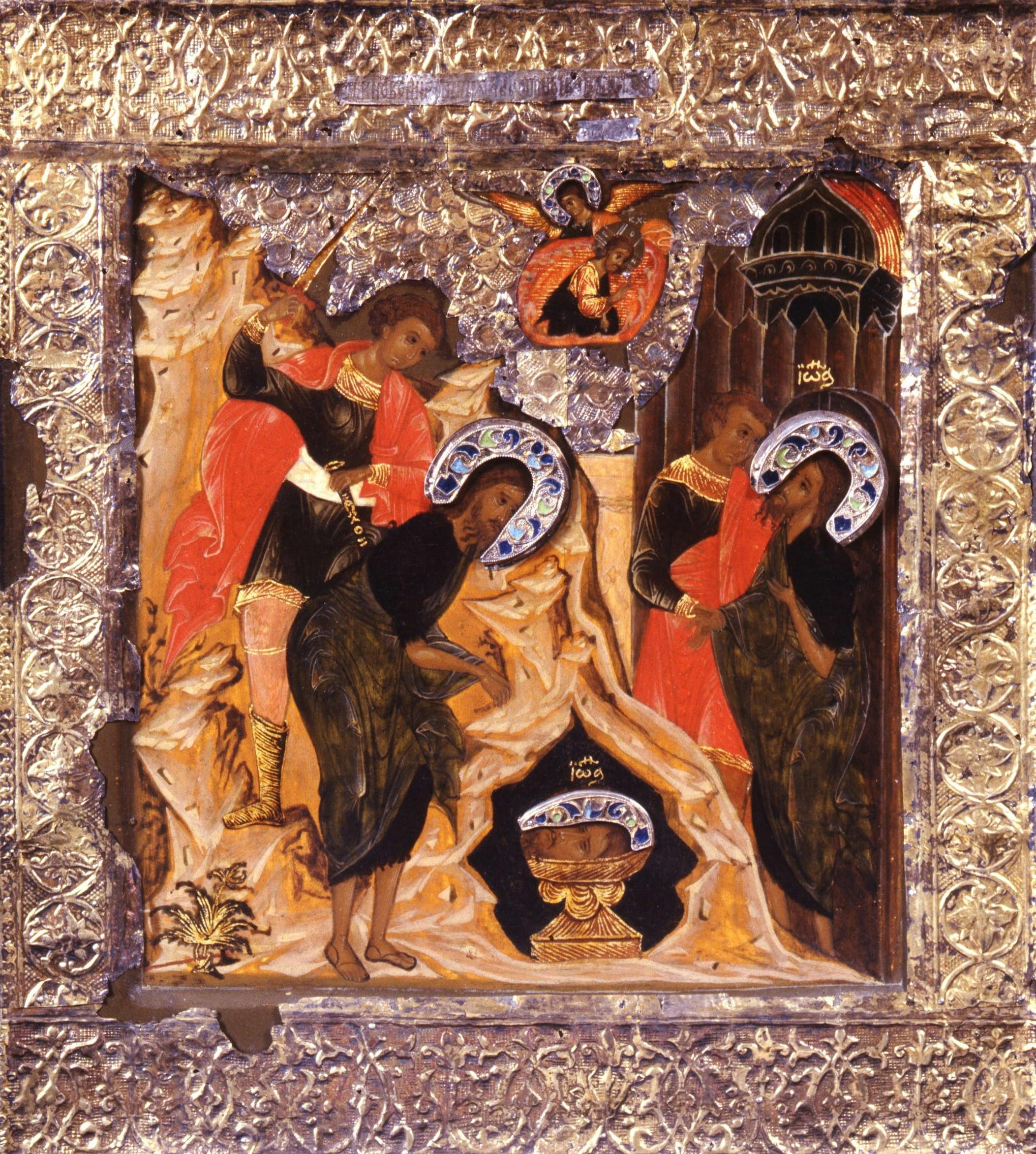The Russian Icons Collection at the Uffizi. The 14th edition of the “I mai visti” exhibition series. Masterpieces from the Uffizi storage.
The exhibition, a new addition to the "I mai visti" series, features 81 icons owned by the Florentine Galleries, constituting the oldest collection of Russian sacred images outside the Orthodox world.
The exhibition is promoted by Amici degli Uffizi Association and curated by Valentina Conticelli, Daniela Parenti (active in the Gallery's management) and Vincenzo Gobbo, and realised with the contribution of the Ente Cassa di Risparmio of Florence. Moreover, it is an integral part of the "I mai visti" exhibition series, which every year offers the public the opportunity to explore themes related to not well-known works from its collections. The exhibition presents 81 icons from the Florentine Galleries, constituting the oldest collection of Russian icons existing outside the Orthodox world. The two oldest examples, a Marian icon and one depicting the Beheading of the Baptist, are dated between the end of the 16th century and the beginning of the 17th century; both still possess the silver cover, known as oklad, that made them pleasing to the princely taste of the Medici family, finding a place among the furnishings of the Pitti Palace chapel already in the 17th century.
Nonetheless, except for a few specimens, the collection arrived in Florence in the Lorraine period and is mostly made up of icons that can be dated to the first half of the 18th century. And the stylistic features they share are such as to suggest that they may have been purchased in small groups in some provincial workshop in central Russia.
The events that brought this collection to Florence are unknown. An inscription on the back of the icon with the Stories of Christ leads to the hypothesis of a connection with the Orthodox Church of the Santissima Trinità in Livorno, erected at the end of the sixth decade of the 18th century with the support of Grand Duke Francesco Stefano of Lorraine. In the context of the propaganda strategy implemented by Catherine of Russia during the war with the Turks (1768-1774), during which the Russian fleet stayed in Livorno, the tsarina resorted several times to votive gifts, also bestowing them on the Orthodox communities of the West. Hence, it is possible that the collection of icons now in the Uffizi originated from an episode linked to this particular historical moment.
The exhibition is divided into three sections that group together the painted panels with the themes of Christ, the Mother of God and the various figures of saints that characterise the Orthodox Creed. From an artistic point of view, the artworks constitute a heterogeneous ensemble, alternating between discrete iconography and simpler traits, respectively.
The exhibition, curated by Valentina Conticelli, Vincenzo Gobbo and Daniela Parenti as the catalogue published by Sillabe, is promoted by the Ministry of Cultural Heritage and Tourism, the Special Superintendence for the Historical, Artistic and Ethno-anthropological Heritage and for the Polo Museale of the City of Florence, the Uffizi Gallery and the Ente Cassa di Risparmio of Florence.

